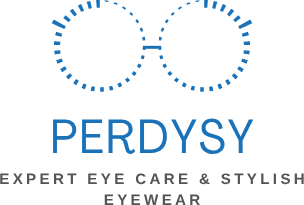Anti-reflective (AR) coating, also known as anti-glare coating, is a thin layer applied to the surface of lenses to reduce reflections from light sources such as computer screens, overhead lighting, and headlights during nighttime driving. These reflections can cause eye strain, reduce visual clarity, and make it difficult for others to see your eyes through your glasses.
Key Benefits of AR Coating:
- Improved Visual Clarity: By eliminating distracting glare, AR coating enhances the sharpness and contrast of what you see.
- Reduced Eye Strain: Especially helpful for people who spend long hours on screens or under bright lights.
- Better Night Vision: Driving at night becomes safer with minimized halo effects around headlights and streetlights.
- Aesthetics: AR coating makes lenses nearly invisible, allowing others to see your eyes more clearly and improving your appearance in photos.
Who Should Consider It?
Anyone who wears glasses regularly—especially professionals, students, and drivers—can benefit from AR coating. It’s particularly valuable for people with high-index lenses, which tend to reflect more light.
Potential Drawbacks:
While AR coatings offer many advantages, they can also smudge more easily and may require careful cleaning. Opting for lenses with a hydrophobic and scratch-resistant layer can mitigate this issue.
Conclusion:
Yes, AR coating is worth it for most people. The comfort, clarity, and cosmetic appeal it adds to your glasses usually justify the small extra cost. It’s a smart upgrade for everyday eyewear, especially if you work with digital screens or drive frequently at night.






